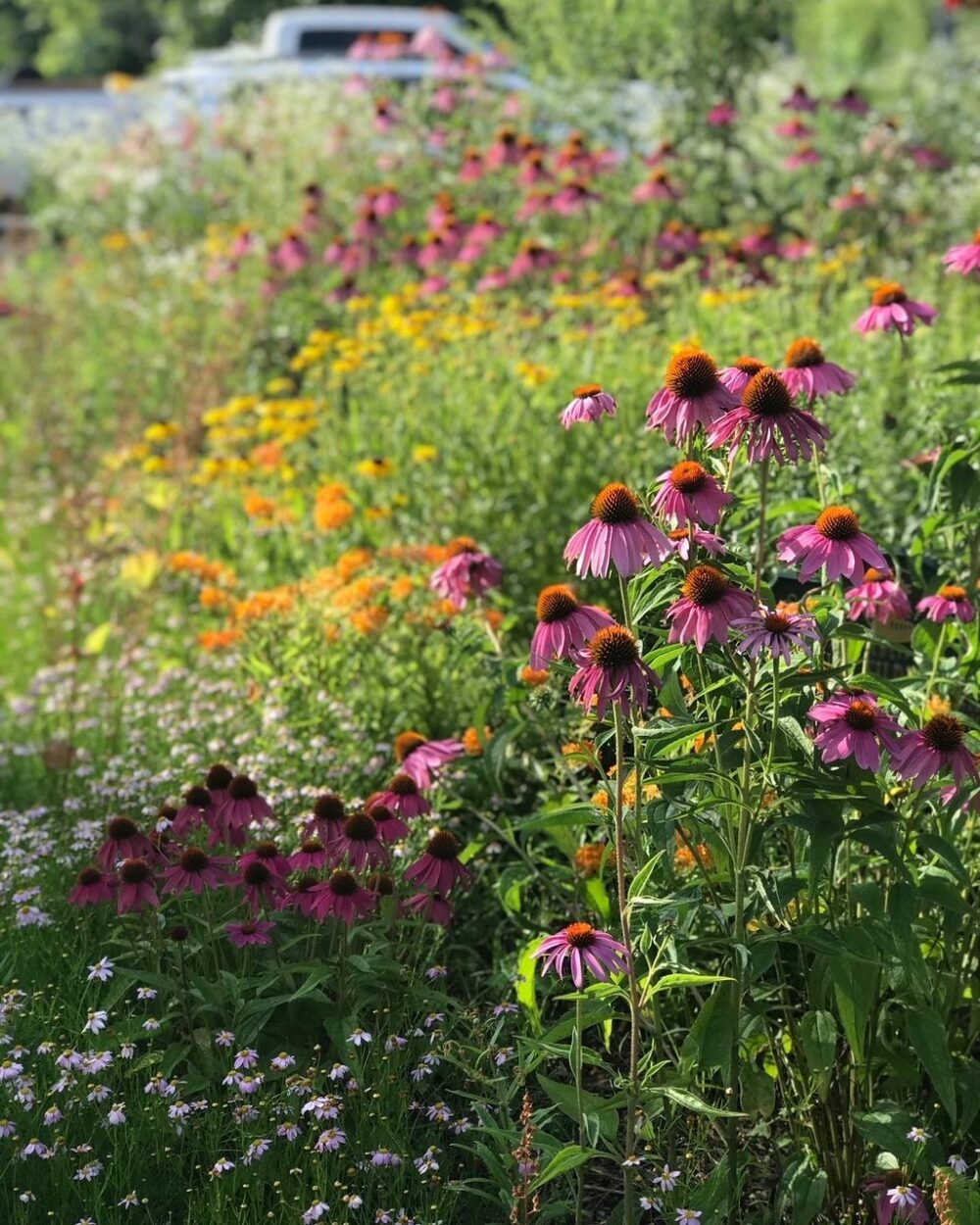We have much more to do and your continued support is needed now more than ever.
Six Ways to Save Monarchs
Monarch butterflies are in trouble. Over the last few decades, populations of these iconic orange and black butterflies have declined by over 90 percent.
The National Wildlife Federation is teaming up with the U.S. Fish and Wildlife Service and other partners to reverse this alarming trend and ensure that this beautiful butterfly has a future.

The Problem
Like all butterflies, monarchs lay their eggs on select plants, called “host plants.” These are the only plants their caterpillars can eat, and for monarchs, milkweed is their only host plant.
Unfortunately, milkweed is becoming harder for monarchs to find. Despite being ecologically important and an often ornamental wildflower, many consider milkweed a weed to be eradicated, both in agricultural lands as well as in the urban and suburban landscape. As we’ve gotten better at wiping out milkweed, monarchs have suffered. Even when milkweed isn’t being targeted directly, monarch habitat in the United States is being gobbled up by development. Monarchs are also being directly killed by pesticides, both as caterpillars and as adult butterflies in farmlands and backyards.
This, coupled with threats to the monarchs’ overwintering grounds in Mexico and California, has resulted in the precipitous decline of the insect’s population in North America.

Six Ways to Save Monarchs with NWF
There is hope for the monarch, if we act now. NWF and our partners are taking on the challenge, and we need your help. Here are six ways that you can join the effort to make a difference for monarchs.
- Help Save Grasslands — America’s native grasslands are critically important for monarchs. They offer both milkweed for monarch caterpillars as well as nectar plants for adult butterflies (and many other pollinators too). Today, more than 90 percent of native grasslands have been converted to cropland and development. Grasslands are disappearing faster than any other ecosystem in North America, and that’s a big problem for monarchs. Join NWF in fighting to save grasslands for monarchs.
- Support Highway Habitat Corridor — NWF and USFWS are working to create a coalition of agriculture leaders and highway transportation organizations to plant milkweed and nectar plants along monarch migratory flyways and in other important monarch breeding grounds along key Midwest and Texas corridors. Learn more about highway habitat corridor plan and how to support it.
- Plant Milkweed — You can make saving the monarch personal by planting milkweed in your yard or garden. There are many milkweed species found in North America, so no matter where you live, there’s at least one species native to your area. You’ll be rewarded not only with he knowledge that you are making a difference, but by attracting monarchs to enjoy. Find out what milkweeds are from your region.
- Don’t Use Pesticides — Monarchs are insects, and so spraying insecticides will kill them. Make the commitment to avoid spraying pesticides in your yard. Find out how to garden organically.
- Create Monarch Habitat— NWF’s Garden for Wildlife program can teach you how to turn any outdoor space into a complete habitat for monarch. Just provide food, water, cover and places to raise young. It all starts with what you plant and you can create a habitat garden in your own yard, at your office, your church or the local schoolgrounds. Entire communities are launching efforts to create monarch habitat. Learn how to create a wildlife-friendly garden.
- Join NWF Affiliate Efforts in Your State — Eleven of NWF’s state affiliates are active partners in the Garden for Wildlife program, teaching people how to create habitat for monarchs and other wildlife. They offer regional expertise and resources, offering native milkweed seeds, running monarch tagging and citizen science efforts and even working on legislative solutions. Joining these efforts is a great way to get involved on the local level. Find out if your state’s NWF affiliate is working to protect monarchs.

It’s Up to Us
The loss of any species weakens the ecosystem that all species rely on for survival, including humans. Monarch butterfly decline is an indicator that there is something wrong in our shared environment and a warning that we could be affected as well. Do we really want to live in a world where the next generation has no chance of seeing a monarch butterfly on a flower?
We are committed to reversing the decline of the monarch. NWF’s President Collin O’Mara has this to say:
“I have a 3-year-old whose eyes pop wide open when she sees monarchs crawling on leaves in the backyard. This is one of those keystone species. These are things that don’t make headlines, but they are indicators that something bigger is happening.”
Will you help us be part of the solution and make sure monarchs have a future?























